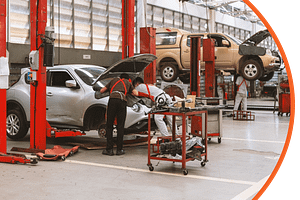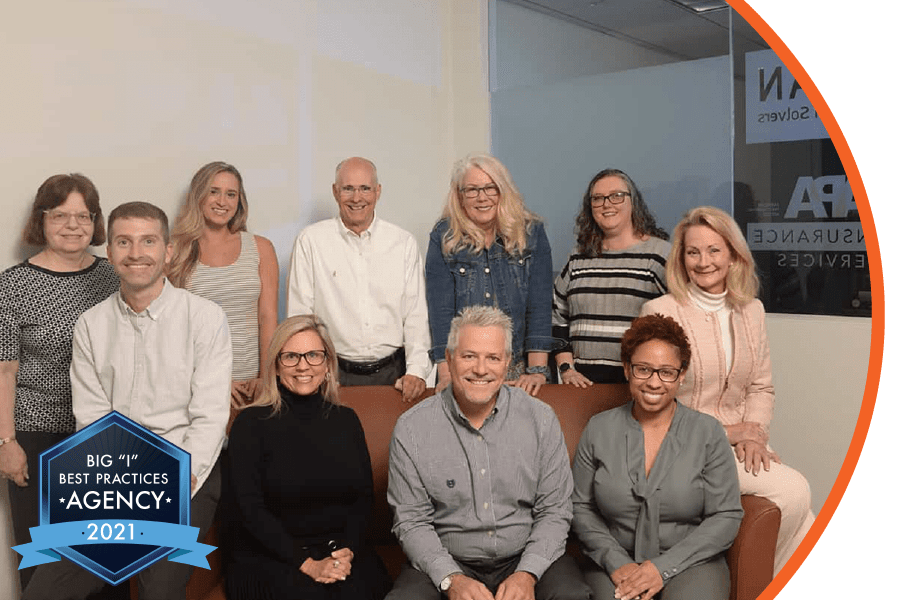According to Business Insurance magazine the commercial auto insurance sector has been fighting a decade-long, uphill battle — achieving underwriting profitability only once in the past 10 years despite consistent rate hikes — and pressures on buyers and insurers show little sign of waning.
Rising repair and replacement costs have led to higher physical damage claims, but sources say liability losses, driven in large part by rising jury awards and so-called nuclear verdicts, pose a greater challenge.
Inflation, supply chain issues and a drought of available labor have also added to costs and lengthened repair times, triggering ancillary costs such as temporary car rental or other alternative transportation expenses.
After a profitable 2021 for commercial auto liability insurers, hopes for 2022 have faded. According to data and information found in statutory filings, 2022 will likely show an industry aggregate commercial auto combined ratio above 100% — signaling an underwriting loss — according to James Auden, Chicago-based managing director of insurance at Fitch Ratings Inc. The commercial auto loss ratio is up “quite a bit,” he said.
The third quarter of 2022 marked the 45th consecutive quarter — or more than 11 years — of increased premiums for commercial auto, according to the Council of Insurance Agents and Brokers.
“We’ve gotten double-digit rate every quarter since 2019 mid-year,” said Chris Kopser, chief underwriting officer, primary casualty, Americas, for Axa XL, a division of Axa SA. Included in Axa XL’s business are large fleets with large deductibles, such as national retailers.
“The inflated cost of doing the same repairs, providing the same medical treatment, is running near or above double digits in commercial auto in most books of business,” Mr. Kopser said.
Inflation, supply chain constraints and greater use of technology have added costs to physical damage losses.
Dave Carlson, Cleveland-based U.S. auto and manufacturing practice leader for Marsh LLC, said, “The components in cars today are more costly.”
For example, a bumper, formerly just a piece of steel, has “morphed” into an injection molded, integrated piece of equipment, supporting sensors, lenses, and other technology. “A bumper is much more expensive than it ever was,” Mr. Carlson said.
Labor is also an issue, mirroring shortfalls in the broader economy.


